Important Pair of Meissen Candelabras with Chinese Boys, 1750s
Important Pair of Meissen Candelabras with Chinese Boys, 1750s. Photo courtesy Auctionata
Porcelain and fire gilt bronze, Germany / Meissen, around 1750. Bronze mounting also dating back to the 18th century. Models by Johann Joachim Kaendler and Friedrich Elias Meyer. Numerous Vincennes flowers. Three candle sleeves on each candle holder. Overall dimensions (for both): 38 cm high; 18 cm wide; 15 cm deep. Height of each Chinese boy: 22 cm. Estimation : 11 200 / 14 000 €
A similar pair can be found in the Metropolitan Museum of Art in New York
With an expertise from the Historical Collection of the manufactory in Meissen
This pair of figural candle holders with charming Chinese boys is an outstanding example of Meissen porcelain art. Both holders have a rectangular, fire gilded bronze period base with a skipping Chinese boy standing in front of a bronze tree with ascending, widespread branches.
The trees hold three bronze candle sleeves which are richly embellished with leaves and fine, brightly decorated porcelain ‘Vincennes' blossoms.
The bronze mounting has presumably been done in France.One of the two boys is a so-called ‘nodding pagoda': the head of the boy is attached through an interior construction in a way that allows it to move. He wears a hat made of green leaves on his head and a violet garment with contrasting gold underneath a white scarf with floral decor.
This repeats itself with the white garment of the second boy. He too wears a white scarf, which he has thrown over his shoulders. On his head is a green hat made of cabbage leaves. Both lads wear little yellow slippers on their feet. While one has raised his left foot, the other prepares to jump with his right foot.
The candle holders date from around 1750 and are the works of Johann Joachim Kaendler (1706-1775) and Friedrich Elias Meyer (1723-1785), two of Meissen's most famous modeling masters. Kaendler was working at Meissen since 1731, whereas Meyer began working at the manufactory in 1745.
The candle holders are in excellent optical appearance.
They display minor manufacturing imperfections as well as minimal chips on the flowers and some minor, professionally done restorations to exposed areas such as the leaves on the head or the collars of the garments.
They have recently been professionally cleaned.
The bronze mounting and gilding are also in very good condition for their age with minor material loss and one soldered branch.
In order to see the Meissen sword mark on the underside of the boys, they have to be removed from the brass mounting.
The flowers are individually detachable.
The dimensions of the candle holders are 38 (height) x 18 (width) x 15 (depth) cm and the Chinese lads are each 22 cm high.
Details
The figures of the Chinese boys are not noted down in the Meissen pattern books. But since they appeared in several auctions over the time, they are mentioned in some of the relevant literature. An expertise from the manufactory in Meissen with informations about the form number, the decorations and other details is at hand.
The term Vincennes-flowers comes from a porcelain manufactory close to Paris that specialized in the production of this kind of small, naturalistic porcelain buds.
The seventeen year old wife of the French Dauphin Louis XV was absolutely amazed by the sight of the flowers and sent a bouquet of these flowers in 1749 to her father August III, king of Poland and elector of Saxony.
This bouquet can nowadays be seen in the Dresdner Zwinger and has a total height of around 1.15 meters.
It has been attributed to Kaendler for over 100 years until it was rightly attributed to the French manufactory.
The bronze mounting has been done in Dresden (see Ehert, Gloria, Battenberg Antiquitäten-Kataloge. Porzellan, p. 172, tab. 380).
Johann Joachim Kaendler (1706-1775)
Kaendler was born to a clergy man and received a classical education. He began his education as a sculptor in Dresden with Johann Benjamin Thomae (1682-1751) where his talents were soon recognized. He joined Meissen in 1731 where he first worked as model master and later as the head of the plastic department. He was especially honoured in 1749 when he was named „Court Commissioner“. He first began creating naturalistic animal figures, later courtly and pastoral scenes, and is mostly known for his famous swan service. He is worldwide acknowledged as a genial creator of European porcelain figures.
Friedrich Elias Meyer the Elder (1723-1785)
Meyer, son of a sculptor, learned in Gotha with the court sculptor. He was named one himself and worked at the courts in Weimar and Sondershausen. He joined Meissen in 1745 and led the model and design development department. Due to the anxious times during the Seven Years' War, he went to Berlin to work at the Royal Porcelain Manufactory (KPM).
Some of the best-known porcelain service designs have been created by him and are still produced by KPM.
Meissen
Porcelain was known in Europe since the 13thCentury, but always had to be imported from China and was thus mostly of lower quality - the Chinese seldom gave their best ware to foreigners - and extremely expensive. Europeans tried to copy the Chinese porcelain for centuries but only in 1708 managed to create real porcelain - in Meissen.
The manufacturer's brand, the crossed swords in blue, has been in use since 1722 and is still a guarantee for the high quality of the porcelain. Meissen celebrated its 300 years of existence in 2008. Quality has always been the number one criteria for Meissen and they go as far as to have their own mine to win the needed kaolin, also known as china clay, for the production.
It takes several years to reach the degree of a “master painter” in Meissen but judging by the quality of the painting, it is definitely worth it.
Comparable pieces:
The Metropolitan Museum of Art, New York, The Wrightsman Collection, Inventory No. 1973.315.13 and No. 1973.315.12.
Auctionata - 10587 Berlin. Vendredi 9 août 2013. Franklinstrasse 13, 4. Stock 10587 Berlin. Tel: +49 30 9832 0221, E-mail: sales@auctionata.com

/https%3A%2F%2Fprofilepics.canalblog.com%2Fprofilepics%2F1%2F0%2F100183.jpg)
/https%3A%2F%2Fstorage.canalblog.com%2F03%2F02%2F119589%2F96711876_o.jpg)
/https%3A%2F%2Fstorage.canalblog.com%2F11%2F31%2F119589%2F94773502_o.jpg)
/https%3A%2F%2Fstorage.canalblog.com%2F20%2F83%2F119589%2F94772815_o.jpg)
/https%3A%2F%2Fstorage.canalblog.com%2F26%2F72%2F119589%2F75604929_o.jpg)
/https%3A%2F%2Fstorage.canalblog.com%2F59%2F60%2F119589%2F26458628_o.jpg)
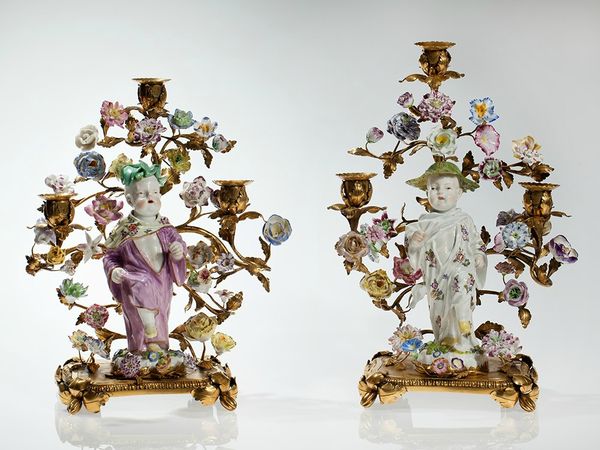





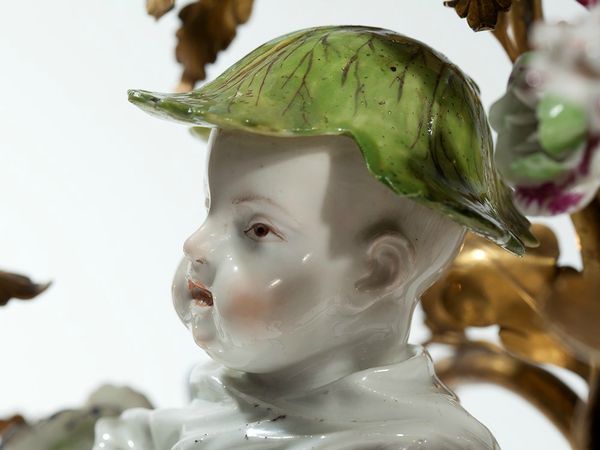




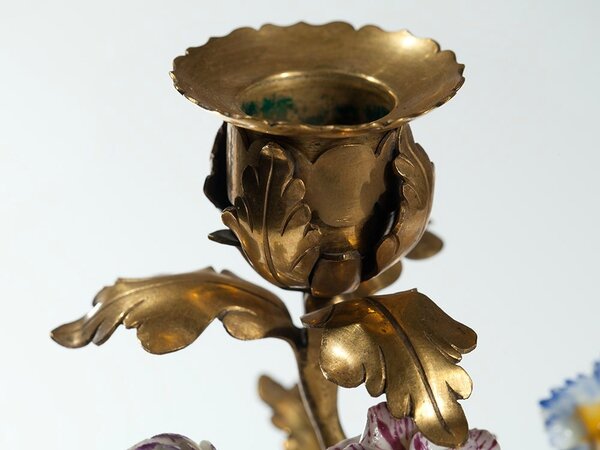





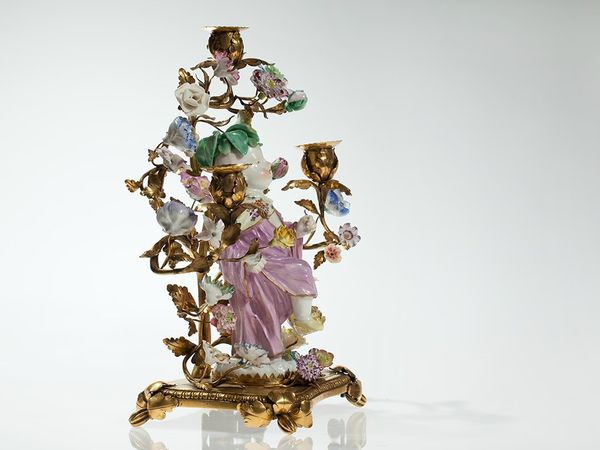






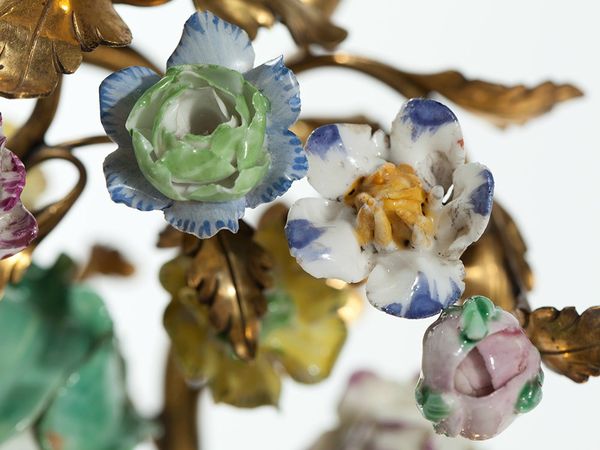






/http%3A%2F%2Fstorage.canalblog.com%2F28%2F56%2F119589%2F129494680_o.jpg)
/http%3A%2F%2Fstorage.canalblog.com%2F04%2F81%2F119589%2F128791640_o.jpg)
/http%3A%2F%2Fstorage.canalblog.com%2F73%2F16%2F119589%2F128381257_o.jpg)
/http%3A%2F%2Fstorage.canalblog.com%2F28%2F03%2F119589%2F126225626_o.jpg)